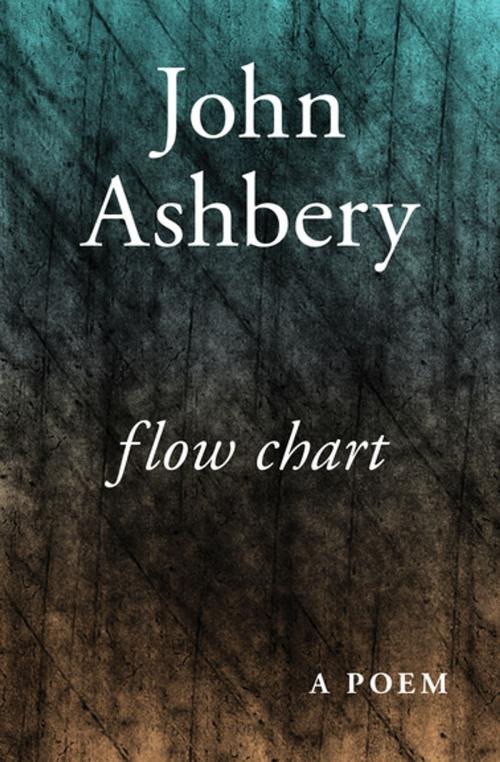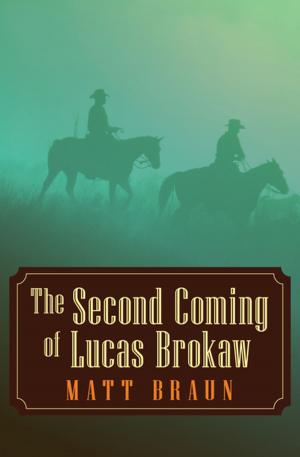| Author: | John Ashbery | ISBN: | 9781480459090 |
| Publisher: | Open Road Media | Publication: | September 9, 2014 |
| Imprint: | Open Road Media | Language: | English |
| Author: | John Ashbery |
| ISBN: | 9781480459090 |
| Publisher: | Open Road Media |
| Publication: | September 9, 2014 |
| Imprint: | Open Road Media |
| Language: | English |
A quintessentially American epic poem that rewrites all the rules of epic poetry—starting with the one that says epic poetry can’t be about the writing of epic poetry itself
The appearance of Flow Chart in 1991 marked the kickoff of a remarkably prolific period in John Ashbery’s long career, a decade during which he published seven all-new books of poetry as well as a collected series of lectures on poetic form and practice. So it comes as no surprise that this book-length poem—one of the longest ever written by an American poet—reads like a rocket launch: charged, propulsive, mesmerizing, a series of careful explosions that, together, create a radical forward motion.
It’s been said that Flow Chart was written in response to a dare of sorts: Artist and friend Trevor Winkfield suggested that Ashbery write a poem of exactly one hundred pages, a challenge that Ashbery took up with plans to complete the poem in one hundred days. But the celebrated work that ultimately emerged from its squared-off origin story was one that the poet himself called “a continuum, a diary.” In six connected, constantly surprising movements of free verse—with the famous “sunflower” double sestina thrown in, just to reinforce the poem’s own multivarious logic—Ashbery’s poem maps a path through modern American consciousness with all its attendant noise, clamor, and signal: “Words, however, are not the culprit. They are at worst a placebo, / leading nowhere (though nowhere, it must be added, can sometimes be a cozy / place, preferable in many cases to somewhere).”
A quintessentially American epic poem that rewrites all the rules of epic poetry—starting with the one that says epic poetry can’t be about the writing of epic poetry itself
The appearance of Flow Chart in 1991 marked the kickoff of a remarkably prolific period in John Ashbery’s long career, a decade during which he published seven all-new books of poetry as well as a collected series of lectures on poetic form and practice. So it comes as no surprise that this book-length poem—one of the longest ever written by an American poet—reads like a rocket launch: charged, propulsive, mesmerizing, a series of careful explosions that, together, create a radical forward motion.
It’s been said that Flow Chart was written in response to a dare of sorts: Artist and friend Trevor Winkfield suggested that Ashbery write a poem of exactly one hundred pages, a challenge that Ashbery took up with plans to complete the poem in one hundred days. But the celebrated work that ultimately emerged from its squared-off origin story was one that the poet himself called “a continuum, a diary.” In six connected, constantly surprising movements of free verse—with the famous “sunflower” double sestina thrown in, just to reinforce the poem’s own multivarious logic—Ashbery’s poem maps a path through modern American consciousness with all its attendant noise, clamor, and signal: “Words, however, are not the culprit. They are at worst a placebo, / leading nowhere (though nowhere, it must be added, can sometimes be a cozy / place, preferable in many cases to somewhere).”















